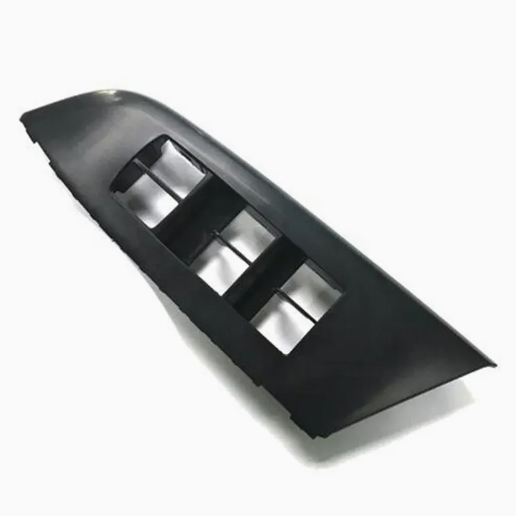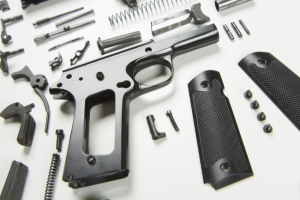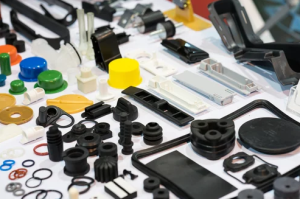In today’s competitive manufacturing environment, companies are constantly seeking ways to enhance productivity while minimizing expenses. PPE injection molding—the process of creating personal protective equipment using injection molding technology—has emerged as a highly effective solution. But how exactly does it improve efficiency and reduce production costs? Let’s break it down.
What Is PPE Injection Molding?
PPE injection molding involves injecting molten plastic into a mold to produce various types of personal protective equipment, such as face shields, safety goggles, respirator parts, and protective casings. This method is widely adopted in the healthcare, industrial safety, and consumer goods sectors.
1. High-Speed Production with Minimal Waste
Injection molding allows rapid mass production of PPE products with minimal cycle times. Once the mold is designed and perfected, the machine can produce thousands of identical pieces per day with remarkable speed.
Additionally, modern injection molding processes are engineered to reduce material waste, which not only helps the environment but also saves money on raw materials.
2. Lower Labor Costs through Automation
Automation is a significant cost-reducing factor in PPE injection molding. Advanced machines can operate 24/7 with minimal human intervention. This reduces the need for a large labor force, lowering overall labor expenses and the risk of human error.
3. Economies of Scale
Injection molding is ideal for high-volume production, which leads to economies of scale. The more PPE units you produce, the lower the cost per unit becomes—making it an extremely cost-efficient solution for large orders or long-term production runs.
4. Durable and Repeatable Quality
The precision of injection molding ensures that every piece of PPE meets strict quality standards. Once the mold is perfected, you get consistent, reliable products—reducing the likelihood of defects, returns, or recalls, which can be expensive.
5. Versatile Material Options for Cost Control
PPE injection molding supports a wide variety of thermoplastics, allowing manufacturers to select materials that strike the perfect balance between performance and cost. For instance, materials like polypropylene or ABS offer both protection and affordability.
6. Integrated Design and Manufacturing
Modern PPE injection molding processes often integrate prototyping, tooling, and production under one roof. This consolidation streamlines workflows, reduces lead times, and eliminates the need for multiple vendors—driving efficiency and cutting costs even further.
Conclusion
Yes—PPE injection molding can significantly improve efficiency and reduce production costs. From automated systems and high-speed manufacturing to minimal waste and quality consistency, this technology is essential for any organization looking to scale PPE production without compromising on budget or performance.






